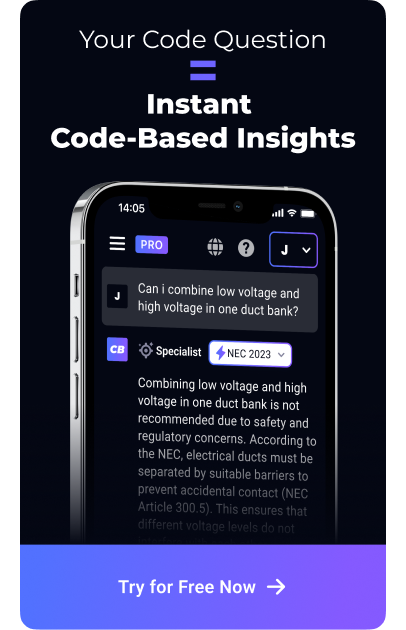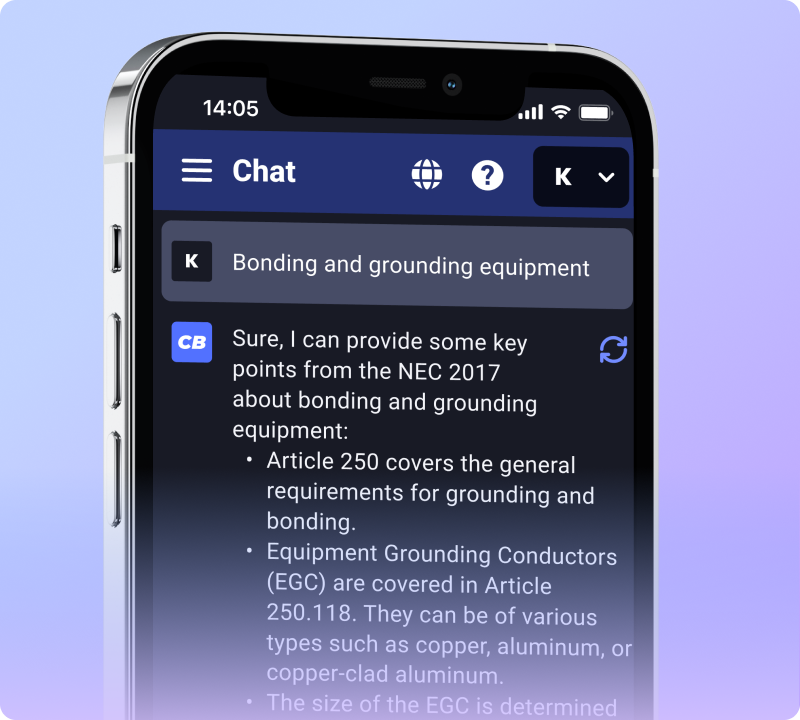Safety First: Electrical and Gas Line Distances
Combining gas and electricity without adequate precautions can result in severe safety hazards. Therefore, the electrical code specifies distances that must be maintained between electrical components and gas lines. Let’s delve deeper into these requirements and understand their importance.
Why Maintaining Safe Distances is Crucial
Gas lines and electrical installations, when too close, pose risks of sparks leading to gas ignition, potential explosions, and fires. Ensuring safe distances minimizes these threats, protecting property and lives.
U.S. Electrical Code Guidelines
- General Requirements: Typically, electrical components should be at least 3 feet away from gas meters and regulators. This distance prevents potential ignition sources from sparking a gas leak.
- Outdoor Installations: When placing electrical panels or outlets outdoors, ensure they are not located directly above or below a gas meter. A minimum horizontal distance is usually required (3 feet).
- Indoor Scenarios: If gas lines run indoors, the electrical fixtures or junction boxes should maintain a specified distance, preventing any accidental contact or spark transmission (25 mm).
- Bonding & Grounding: Gas piping systems should be bonded to the electrical grounding system to minimize potential differences in electrical potential.
Recommendations for Professionals
Beyond just code adherence, there are best practices that professionals adopt. These include:
- Regular Inspections: Periodically inspect both gas and electrical installations, ensuring that they adhere to the set distances and are in good condition.
- Awareness & Training: Ensure that every team member, from apprentices to master electricians, is aware of these requirements and understands the reasons behind them.
- Plan Before You Act: Before starting any project, map out the location of gas lines and electrical components, ensuring they maintain safe distances.
- Updates: Make sure when working on homes to regularly look to update bonding on gas lines. Older homes are notorious for improper bonds on gas lines.
Conclusion
Maintaining safe distances between electrical components and gas lines isn’t just about adhering to codes; it’s about ensuring the safety of residents, workers, and structures. As professionals in the electrical and construction industry, it’s our responsibility to stay informed and vigilant.


